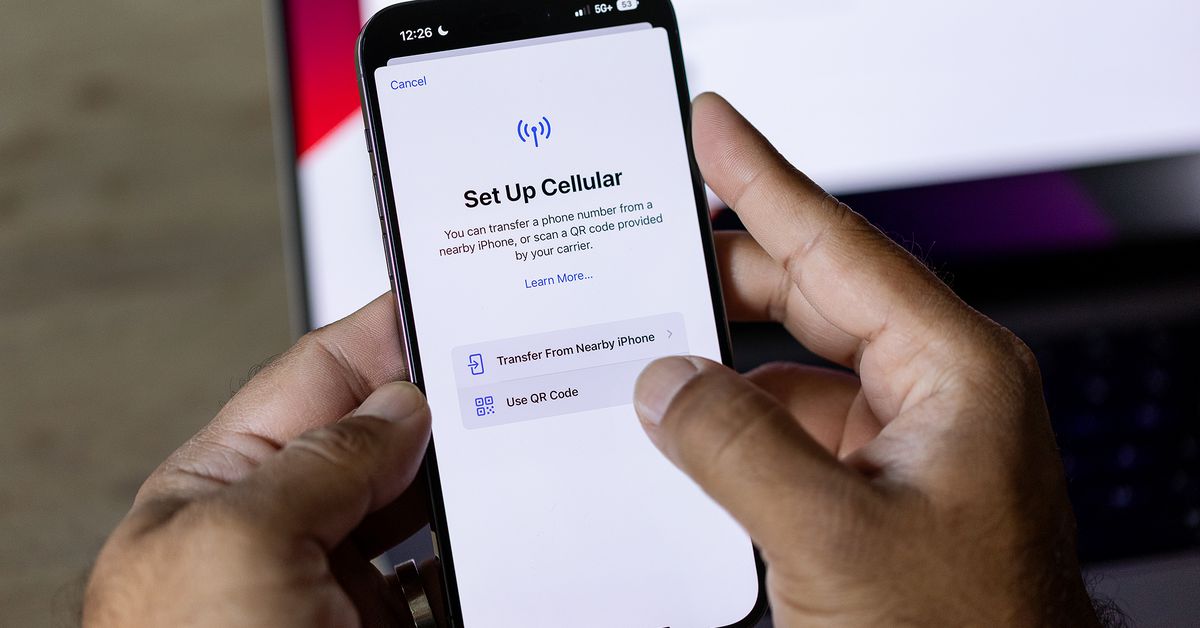An interesting read at the linked article below. Whilst it is a given that eSIMs (and their successor) are going to happen, there are clearly some rough edges that need to be worked on. What was going to be greater freedom to switch SIMs, could end up being a bit of a lock-in with an existing eSIM ;-)
I’ve switched more than once between an iPhone and an Android phone, and even moved a SIM card from a mobile hotspot into a second SIM slot on an Android phone. And yes, some of these things may not be easily possible yet with eSIMs. As the author pointed out, they ended up with two phones and no cellular service at all.
See https://www.theverge.com/23412033/esim-phone-plan-device-switch-ios-android
#technology #eSIM #SIM #mobile
It’s easy between an iPhone and a newer iPhone because Apple holds the key and don’t need to do the reauthenticate, but it’s not as easy outside the walled garden.
For me, I will keep the physical SIM as long as possible, especially while traveling is much more convenient because when you’re abroad usually you don’t have the internet for changing the esim
I needed a second number a few months ago. My phone has a physical SIM and an eSIM slot. I looked at eSIM.
This is from India, there was no clear information on switching phones and all. Since many cheap phones (the type I use) still don’t have eSIM slots, I might need move back to physical SIM later. There was no information about that either.
And lastly, regulations suck here. Every change of SIM type is treated as a new connection which comes with a 24-hour embargo on everything except incoming calls.
I just bought a cheap second phone.
It’d be pretty simple for them to introduce a for for every swsp, too. Long live the nano-sim



